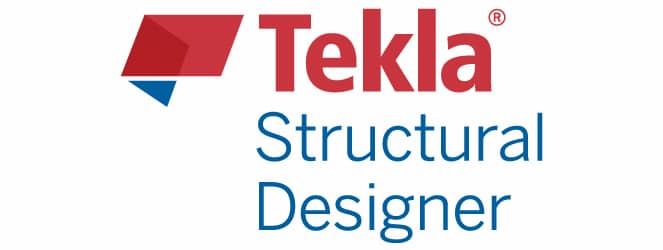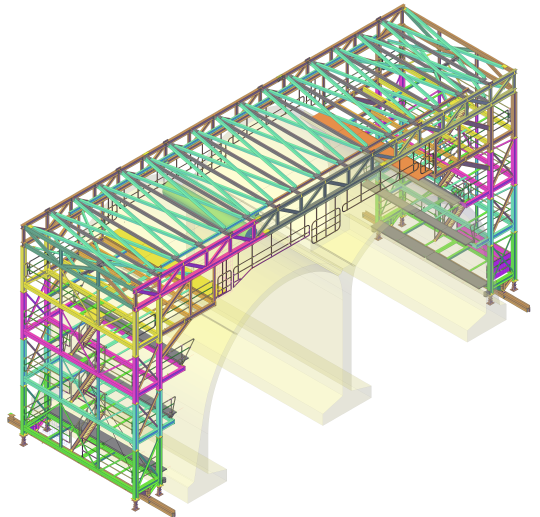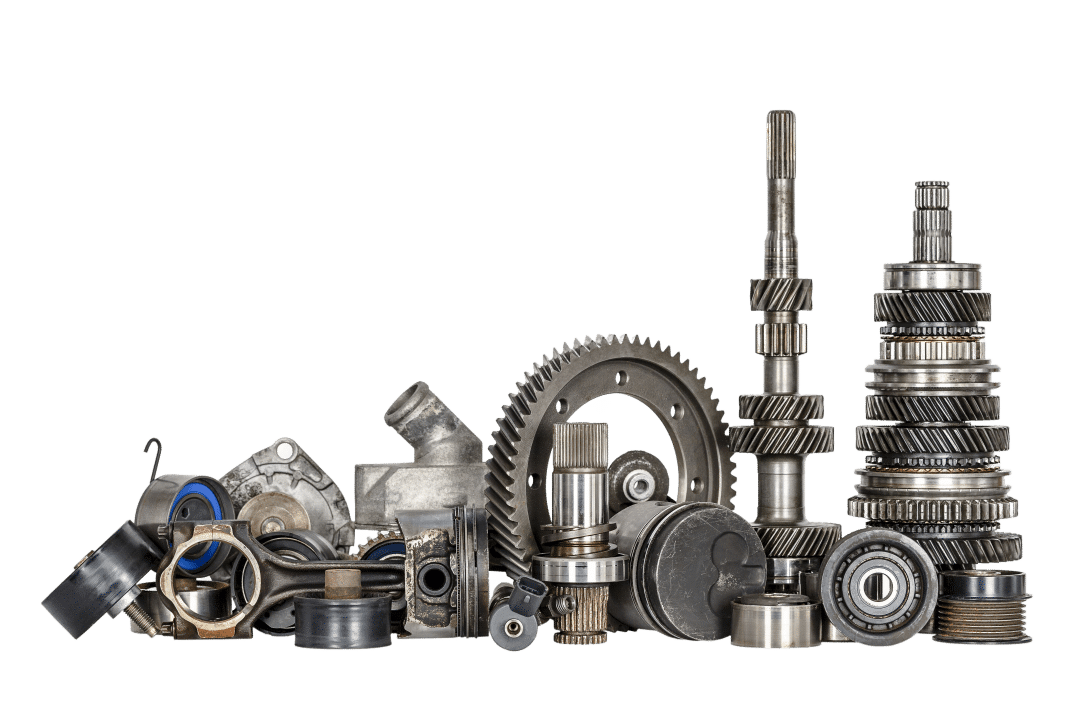What is Tekla?
Tekla Structures is a professional software that enables people to create 3D structural models. They can be made and managed in concrete or steel using the software, which guides the user through the entire process – from the original concept to its final fabrication. Developed by experts in the structural engineering industry, Tekla is incredibly intuitive.
But, it isn’t a program for your everyday user. Tekla requires some training to be used efficiently, which is why it’s most often used by professional companies with multiple users. Despite having competition in the form of around 40 other IFC (Industry Foundation Classes) compliant systems, Tekla remains one of the most popular tools for the industry and has been used to model all kinds of different structures – from factories to stadiums to residential buildings.
What are the benefits of Tekla?
It’s one thing to explain what Tekla is, but how would using it benefit a company, or more importantly, the clients of that company? Here are a few reasons:
Simple and Complex
Put simply, the nature of the software allows users to create incredibly complex structures, and then present them to clients with ease. This has incredibly positive implications for both client and user since the kind of building the client wants isn’t always straight forward, and nor is the proposed result presented by the company.
In reality, the exchange of information in creating and modelling new structures and designs can present many complications, so having something that translates such a complex subject into something that is easily understandable by both customer and designer is incredibly valuable.
One Stop Shop
While there are a wealth of programs out there, using more than one in any given project can present obvious roadblocks – lack of clarity, multiple drafts, and miscommunications by users of those different programs can cause delays and frustration.
Tekla allows the user to manage the project from the initial concept to the final fabrication. This means projects take less time and run more smoothly. Plus, because all drawings are completely in sync within the program, if one drawing is amended then all other angles of that drawing or project are amended too. The need to manually update every single drawing certainly isn’t one we’d miss!
Communication
While we’ve covered one aspect of the communication needed between client and company, it’s worth highlighting how much software like Tekla enhances that aspect of business. When the tools we use are primed to make our job much easier, it means communication can be clear and fluid. One of our primary objectives is to make every interaction with clients as productive and enjoyable as possible.
Because the software is so versatile and expansive, anything our clients can dream up can be possible…at least from a design point of view! The physical capabilities of steel detailing is another matter entirely at-casinos.com!
Whether it’s professional curiosity or simply a desire for more insight into what we at Restoric Design do, hopefully, this little foray into one of the industry’s most popular tools has given you clarity on how we do what we do. Get in touch and see what we can do for you, especially now you know there’s no structure too complex!



